This year Juneteenth received a lot more attention because of the numerous uprisings across the US in protest of police brutality against African Americans. Juneteenth isn’t a federal holiday (edit: it was made a federal holiday in 2021) and if it’s in general history textbooks I’d be surprised. I just had to teach my spellcheck that it is in fact a word. Juneteenth (June 19) is the celebration of Emancipation following the end of the Civil War.
The Emancipation Proclamation became official on January 1, 1863, but enforcement of the executive order took some time—news traveled much more slowly, especially to the farthest reaches of the Union at that time. Furthermore, those who had been fighting to keep forced migrant laborers enslaved had a disincentive to rush home and tell their workers that they’d have to get paid now. The Confederacy didn’t cede until April 1865, so though forced labor was now illegal, the Southern states fought for two more years for their right to be a different country whose economy subsisted on stolen labor.
Juneteenth marks the day that the news of emancipation reached Galveston, Texas, the westernmost state in the confederacy. This relates to one of my early posts about Black Cowboys and skilled labor.
Here are some photos of Juneteenth celebrations in the early 20th century.
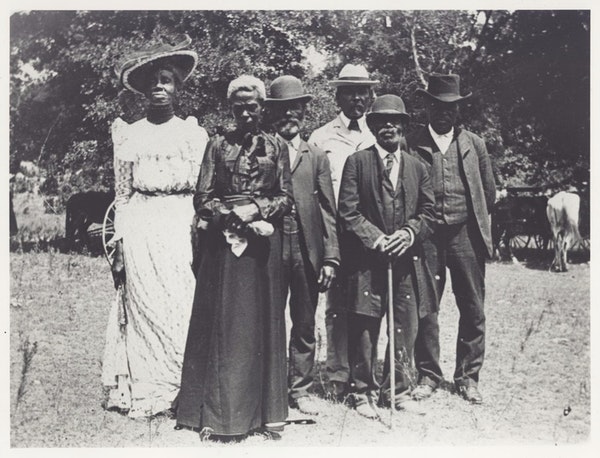
It was customary for celebrants to dress in their finest clothes as a show of their freedom to decide what clothes they chose, which was disallowed when they were enslaved. This photo is from 1900, so it’s possible that this elderly group had been among the generationally enslaved.
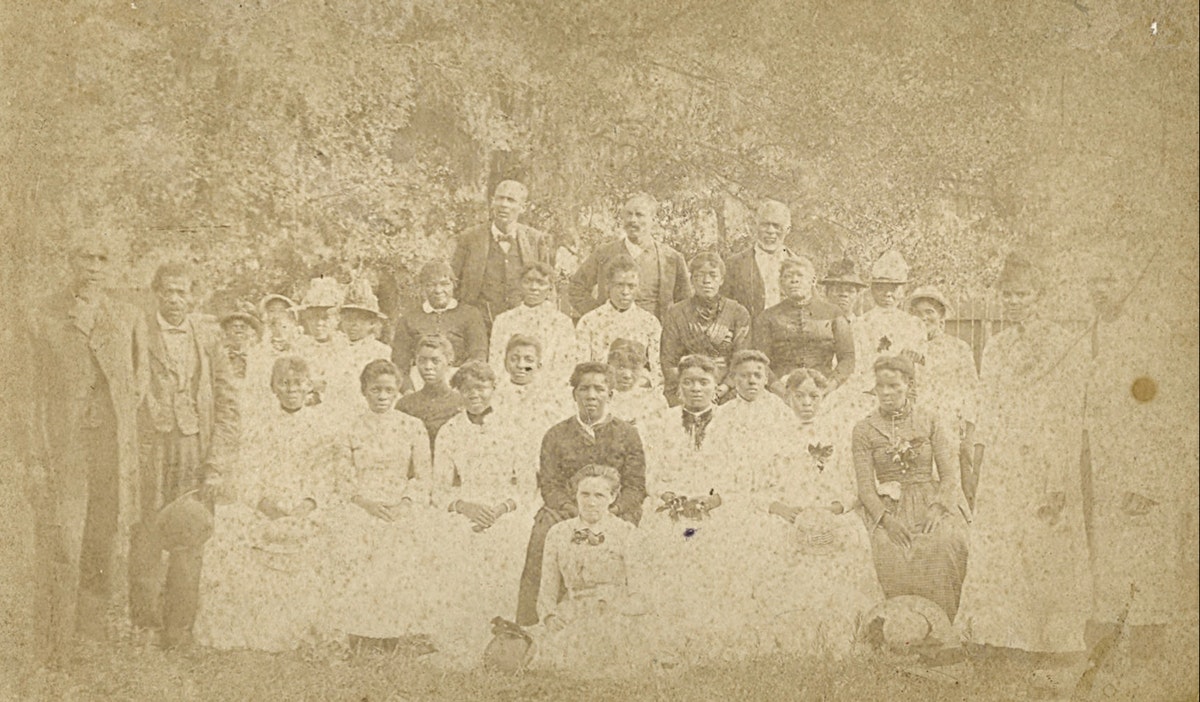
Of course as we all know, just because African Americans were now released from forced labor didn’t mean that they experienced full freedom to live their lives. Juneteenth celebrations were no exception. They began in Texas, and often city officials barred the use of public land for any kind of Black gatherings. To get around this, some Black Texan communities to band together and buy land specifically for celebrating Juneteenth (and other community occasions). The first such communally-bought land was Houston’s Emancipation Park, a ten-acre lot purchased in 1872 by the Colored People’s Festival and Emancipation Park Association led by the Baptist minister and formerly enslaved Jack Yates. In the photo above Reverend Yates is on the far left and his daughter Sallie is the woman wearing black in the center of the photo.
My favorite thing, though, are the flower-decorated carriages that follow. These are images of celebration and honor. The photographs are from various cities in Texas 1900 and 1913 (all of these photos are from the link above for more information on them).
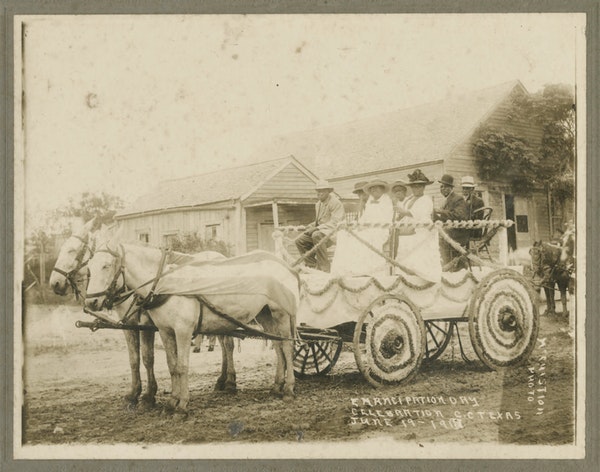
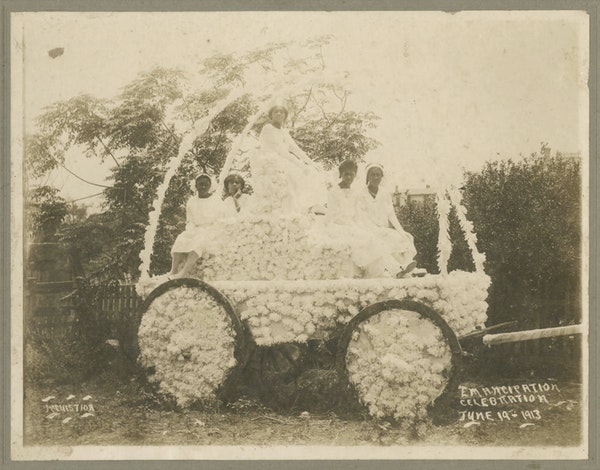
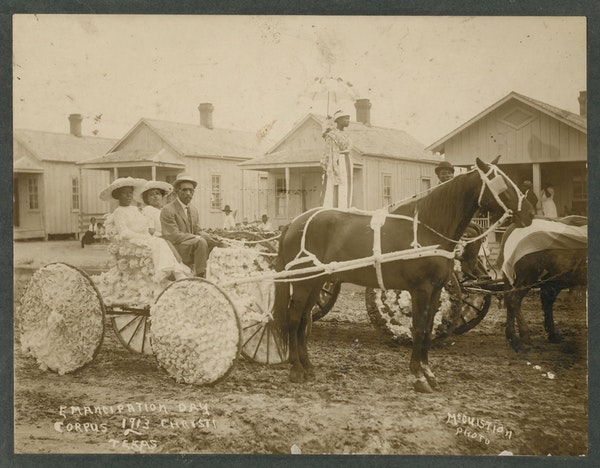
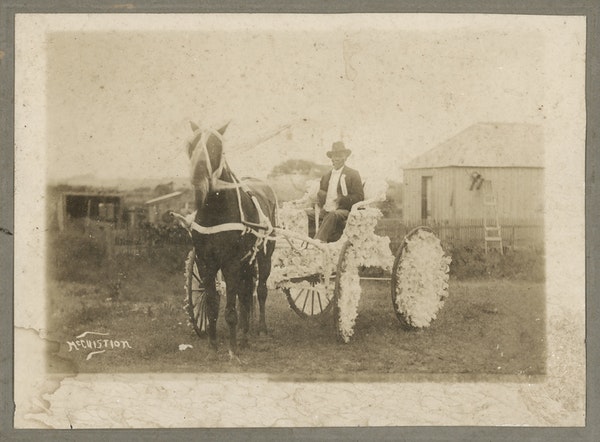
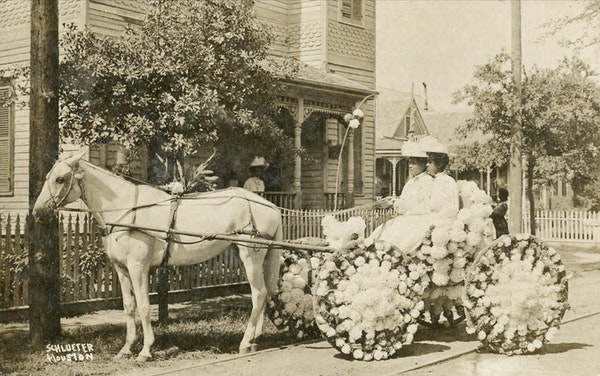
Lastly, here is a photo of Juneteenth in Richmond, Virginia in 1905. Though the celebration started in Texas it wasn’t long before it spread to other states.
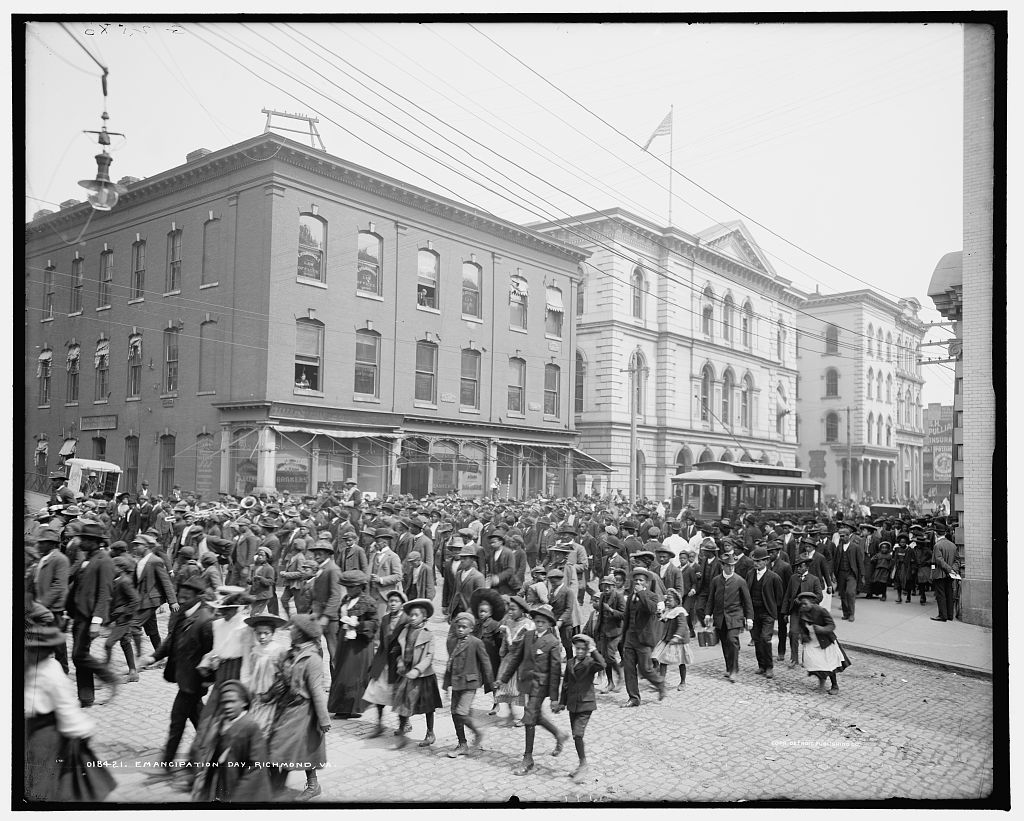
This photo is a good segue to my next essay which will be about the Silent Parade in 1917.


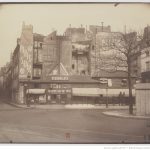
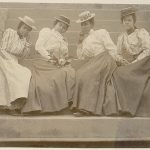

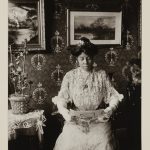
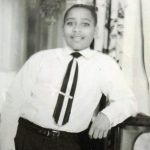
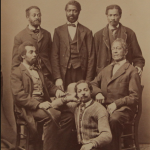

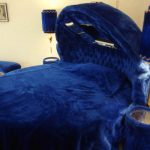
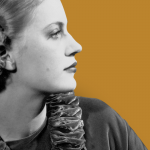

0 Comments